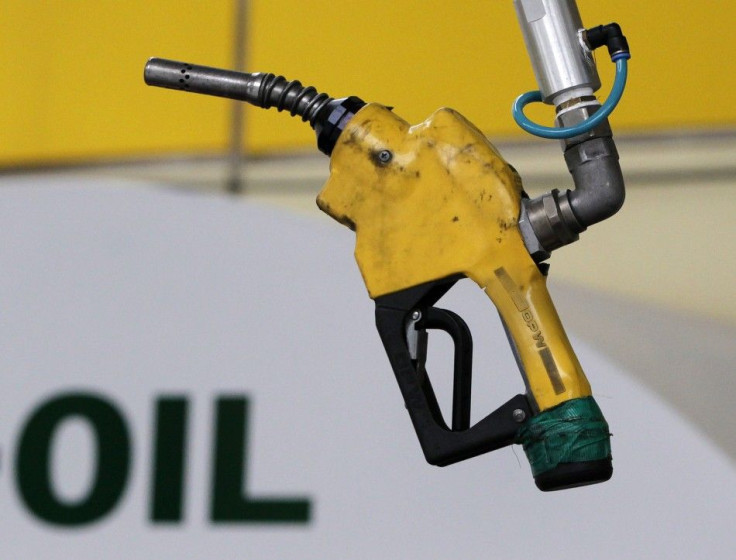Brent Crude Holds at $114, Awaiting U.S. Jobs Report

Brent crude hovered at $114 a barrel Friday, on track for its second consecutive weekly gain, as investors eyed U.S. jobs data for clues on whether the world's largest oil consumer will be able to dodge a recession.
Weak data may prompt the Federal Reserve to start a fresh round of policy easing at a Sept. 20 meeting. Investors were also watching for potential supply disruption in the Gulf of Mexico as a brewing storm shut nearly 6 percent of output in the key producing region.
Front-month Brent fell 16 cents to $114.13 a barrel by 1:01 a.m. EDT. It was on track for a weekly gain of more than 2 percent. U.S. crude was down 16 cents to $88.77 a barrel, but was set for a nearly 4 percent rise this week, its biggest gain since early July.
The market is still expecting some concrete steps from the Fed to boost the economy, said Yusuke Seta, a commodity sales manager at Newedge Japan, adding that these hopes were helping to support oil prices.
But if the jobs data is weaker than expected, equity markets could fall and oil may follow, he said.
The consensus forecast is for a 75,000 addition to jobs in August, but the market is discussing a smaller number after a decline in the employment component of the Institute for Supply Management's factory activity index.
Some analysts were still pessimistic about the macroeconomic outlook and were not pinning hopes on another bond buying, or quantitative easing, by the U.S. central bank.
The recent figures have been pretty poor, and we are not sure why so many prominent economists refuse to see the numbers trending back toward recession, Peter Beutel, president of trading advisory Cameron Hanover, said in a note.
It seems to us that the belief that the Fed will ride to the rescue -- even though not everyone wants it to -- is overly optimistic.
Latest data showed unexpected growth in the U.S. manufacturing sector in August and fewer jobless claims last week, despite a slump in confidence that threatened to push the economy back into recession.
EYE ON STORMS
In the Gulf of Mexico, major oil and gas producers on Thursday shut down offshore platforms and evacuated workers ahead of a storm brewing offshore that was expected to bring flooding to Louisiana over the weekend.
So far, only a fraction of Gulf output was shut as of Thursday -- 5.7 percent of oil supply and 2.4 percent of gas supply, according to the U.S. government.
But those figures are likely to rise significantly within the next few days as the storm develops.
Investors were also concerned with outages in the North Sea and Nigeria, Newedge's Seta said, referring to a force majeure of Nigerian Bonny Light, production issues at the Forties and Ekofisk.
This has pushed up October Brent futures and widened its gap with November contract, keeping the market in wide backwardation, he said.
Brent's premium against U.S. crude narrowed slightly to $25.36 a barrel from Thursday's close. The premium hit a record $26.69 on August 19, according to Reuters data.
BP said on Wednesday that production at its Valhall platform, which pumps Ekofisk, would resume by mid-September, later than expected.
In Syria, looming European Union sanctions are unlikely to immediately impact oil supply from the producer as several tankers are sailing to the country this week to either deliver fuel or pick up crude.
European oil companies are betting on the survival of President Bashar al-Assad, in contrast to their support for Libya's rebels six months ago.
(Reporting by Florence Tan; Editing by Miral Fahmy)
© Copyright Thomson Reuters 2024. All rights reserved.





















